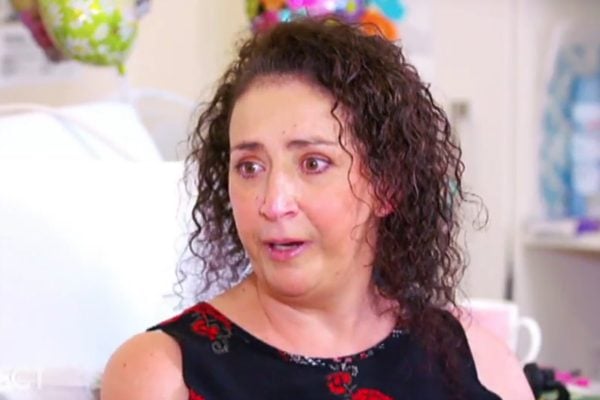
In May, Tamara Impellizzeri was admitted to hospital with pneumonia.
She was prescribed antibiotics and sent home.
But just 24 hours later, her organs began to shut down.
Tamara’s lung had turned septic and before long, she was placed into a coma.
As the mother-of-seven’s body attempted to fight off the life-threatening sepsis, her limbs became robbed of blood flow and within days it was clear that she would have to lose some of her limbs.
Speaking with Lisa Wilkinson on The Project, the 42-year-old explained what it was like waking from the coma to learn that she would lose her feet and her left hand.


Top Comments
Or when it’s ignored in hospitals, and the cause of death, but we want to pretend that doctors don’t practice euthanasia - otherwise known as murder without the consent of the patient.
What? Could you take off your tin-foil hat and explain, please?
Sepsis can sometimes be missed which is why there are a number of campaigns in Australia & internationally to promote the early recognition and treatment of sepsis. Unfortunately mistakes are made at times in any profession - but doctors have to live with the possible outcomes of their mistakes. I promise you they are not doing it on purpose.
I worked as a nurse for 40 years and never saw 'euthanasia' practised. Occasional negligence, excellent Palliative Care, which to some people may look as if it has hastened a person's death, but the deliberate ending of a patient's life without their consent - no.
Sadly, I can assure you they are.